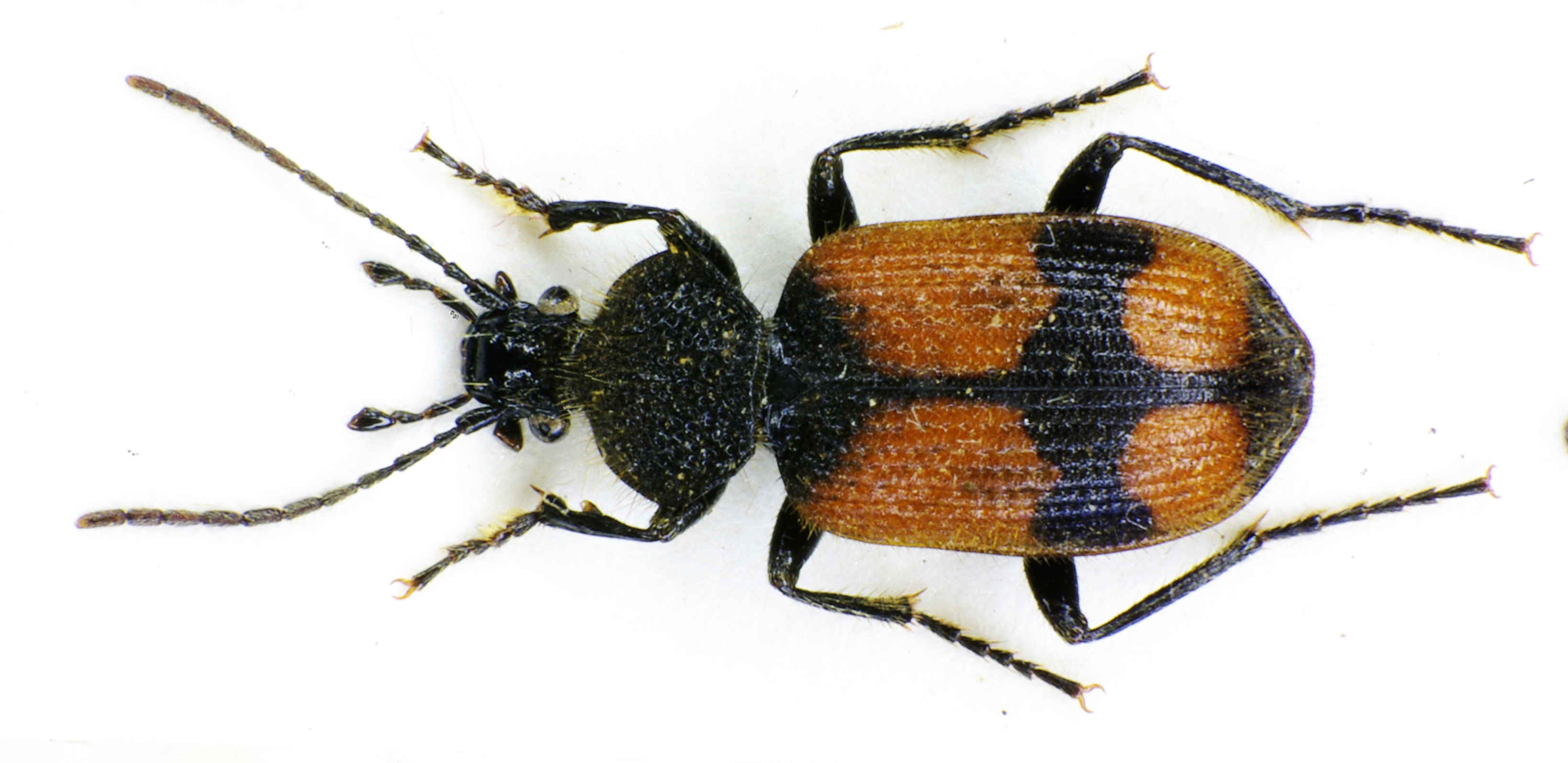|
Carabus Arcensis
''Carabus arcensis'' is a species of ground beetle in the family Carabidae. It is found in the Palearctic The Palearctic or Palaearctic is a biogeographic realm of the Earth, the largest of eight. Confined almost entirely to the Eastern Hemisphere, it stretches across Europe and Asia, north of the foothills of the Himalayas, and North Africa. Th .... Subspecies ''Carabus arcensis arcensis'' is described as "a large granulate bronze or green ground beetle with a body length of 16-20 mm," and is found throughout the Palearctic. Subspecies These 11 subspecies belong to the species ''Carabus arcensis'': * ''Carabus arcensis arcensis'' Herbst, 1784 * ''Carabus arcensis baschkiricus'' Breuning, 1932 (Russia) * ''Carabus arcensis conciliator'' Fischer von Waldheim, 1820 (Kazakhstan, Mongolia, and Russia) * ''Carabus arcensis eremita'' Fischer von Waldheim, 1823 * ''Carabus arcensis faldermanni'' Dejean, 1830 (China, North Korea, and Russia) * ''Carabus arcensis florianiellus' ... [...More Info...] [...Related Items...] OR: [Wikipedia] [Google] [Baidu] |
Johann Friedrich Wilhelm Herbst
Johann Friedrich Wilhelm Herbst (1 November 1743 – 5 November 1807) was a German natural history, naturalist and entomologist from Petershagen, Minden-Ravensberg. He served as a chaplain in the Prussian army. His marriage in Berlin, 1770, with Euphrosyne Luise Sophie (1742–1805), daughter of the Prussian ''Hofrat'' Libert Waldschmidt, seems to have been childless. He was the joint editor, with Carl Gustav Jablonsky, of ''Naturgeschichte der in- und ausländischen Insekten'' (1785–1806, 10 volumes), which was one of the first attempts at a complete survey of the order Coleoptera. Herbst's ''Naturgeschichte der Krabben und Krebse'', released in installments, was the first full survey of crustaceans. Herbst's other works included ''Anleitung zur Kenntnis der Insekten'' (1784–86, 3 volumes), ''Naturgeschichte de ... [...More Info...] [...Related Items...] OR: [Wikipedia] [Google] [Baidu] |
Carabidae
Ground beetles are a large, cosmopolitan family of beetles, the Carabidae, with more than 40,000 species worldwide, around 2,000 of which are found in North America and 2,700 in Europe. As of 2015, it is one of the 10 most species-rich animal families. They belong to the Adephaga. Members of the family are primarily carnivorous, but some members are herbivorous or omnivorous. Description and ecology Although their body shapes and coloring vary somewhat, most are shiny black or metallic and have ridged wing covers ( elytra). The elytra are fused in some species, particularly the large Carabinae, rendering the beetles unable to fly. The species '' Mormolyce phyllodes'' is known as violin beetle due to their peculiarly shaped elytra. All carabids except the quite primitive flanged bombardier beetles (Paussinae) have a groove on their fore leg tibiae bearing a comb of hairs used for cleaning their antennae. Defensive secretions Typical for the ancient beetle suborder A ... [...More Info...] [...Related Items...] OR: [Wikipedia] [Google] [Baidu] |
Palearctic
The Palearctic or Palaearctic is a biogeographic realm of the Earth, the largest of eight. Confined almost entirely to the Eastern Hemisphere, it stretches across Europe and Asia, north of the foothills of the Himalayas, and North Africa. The realm consists of several bioregions: the Mediterranean Basin; North Africa; North Arabia; Western, Central and East Asia. The Palaearctic realm also has numerous rivers and lakes, forming several freshwater ecoregions. Both the eastern and westernmost extremes of the Paleartic span into the Western Hemisphere, including Cape Dezhnyov in Chukotka Autonomous Okrug to the east and Iceland to the west. The term was first used in the 19th century, and is still in use as the basis for zoogeographic classification. History In an 1858 paper for the ''Proceedings of the Linnean Society'', British zoologist Philip Sclater first identified six terrestrial zoogeographic realms of the world: Palaearctic, Aethiopian/ Afrotropic, Indian/ I ... [...More Info...] [...Related Items...] OR: [Wikipedia] [Google] [Baidu] |
Carabus
''Carabus'' is a genus of beetles in the family Carabidae. The genus is highly diverse with 94 subgenera, over 900 species and 2300 subspecies, thus is the largest genus in the subfamily Carabinae. The vast majority are native to the Palearctic, but 16 Nearctic species are also known. ''Carabus'' species are long, and most species are wingless and often very colourful. These are nocturnal, predatory beetles that feed on snails, earthworms, and caterpillars. Most ''Carabus'' species were thought to have inhabited the Eurasian forest, but their low dispersal abilities altered the distribution of lineages within the genus. Diet Adult ''Carabus'' feed on both small live and dead animals such as slugs, snails, earthworms, and insects in all stages, sometimes dead vertebrates. The ways of feeding on snails are different for their adaptations, as macrocephalic beetles feed snails by crushing shells, and stenocephalic beetles feed snails by inserting the head into the shell. S ... [...More Info...] [...Related Items...] OR: [Wikipedia] [Google] [Baidu] |
Beetles Of Europe
Beetles are insects that form the order Coleoptera (), in the superorder Holometabola. Their front pair of wings are hardened into wing-cases, elytra, distinguishing them from most other insects. The Coleoptera, with about 400,000 described species, is the largest of all orders, constituting almost 40% of described arthropods and 25% of all known animal species; new species are discovered frequently, with estimates suggesting that there are between 0.9 and 2.1 million total species. However, the number of beetle species is challenged by the number of species in dipterans (flies) and hymenopterans (wasps). Found in almost every habitat except the sea and the polar regions, they interact with their ecosystems in several ways: beetles often feed on plants and fungi, break down animal and plant debris, and eat other invertebrates. Some species are serious agricultural pests, such as the Colorado potato beetle, while others such as Coccinellidae (ladybirds or ladybugs) eat a ... [...More Info...] [...Related Items...] OR: [Wikipedia] [Google] [Baidu] |



